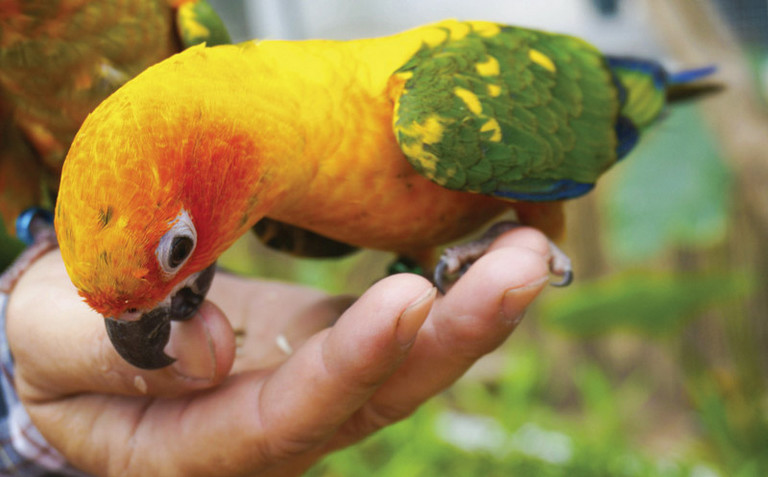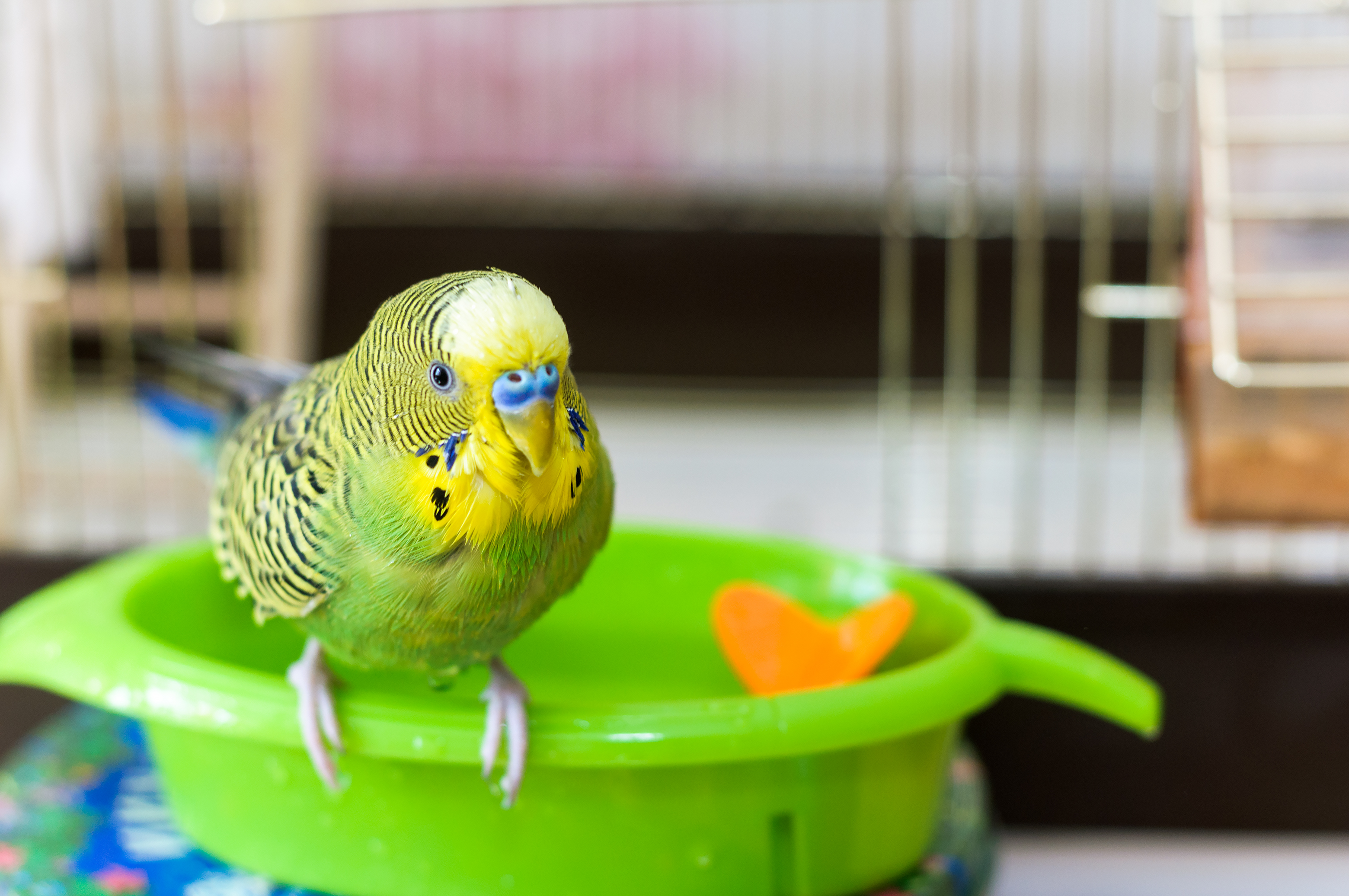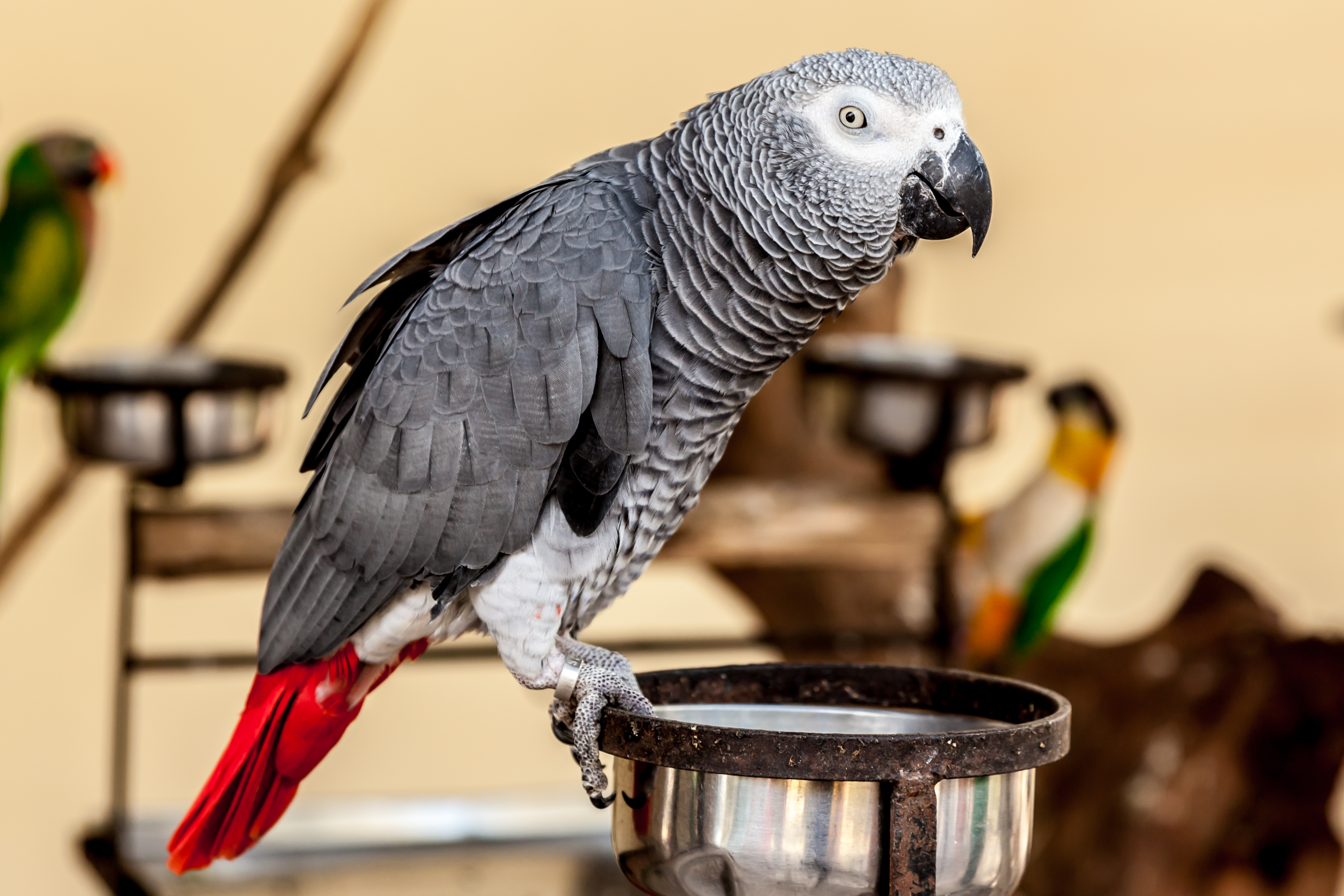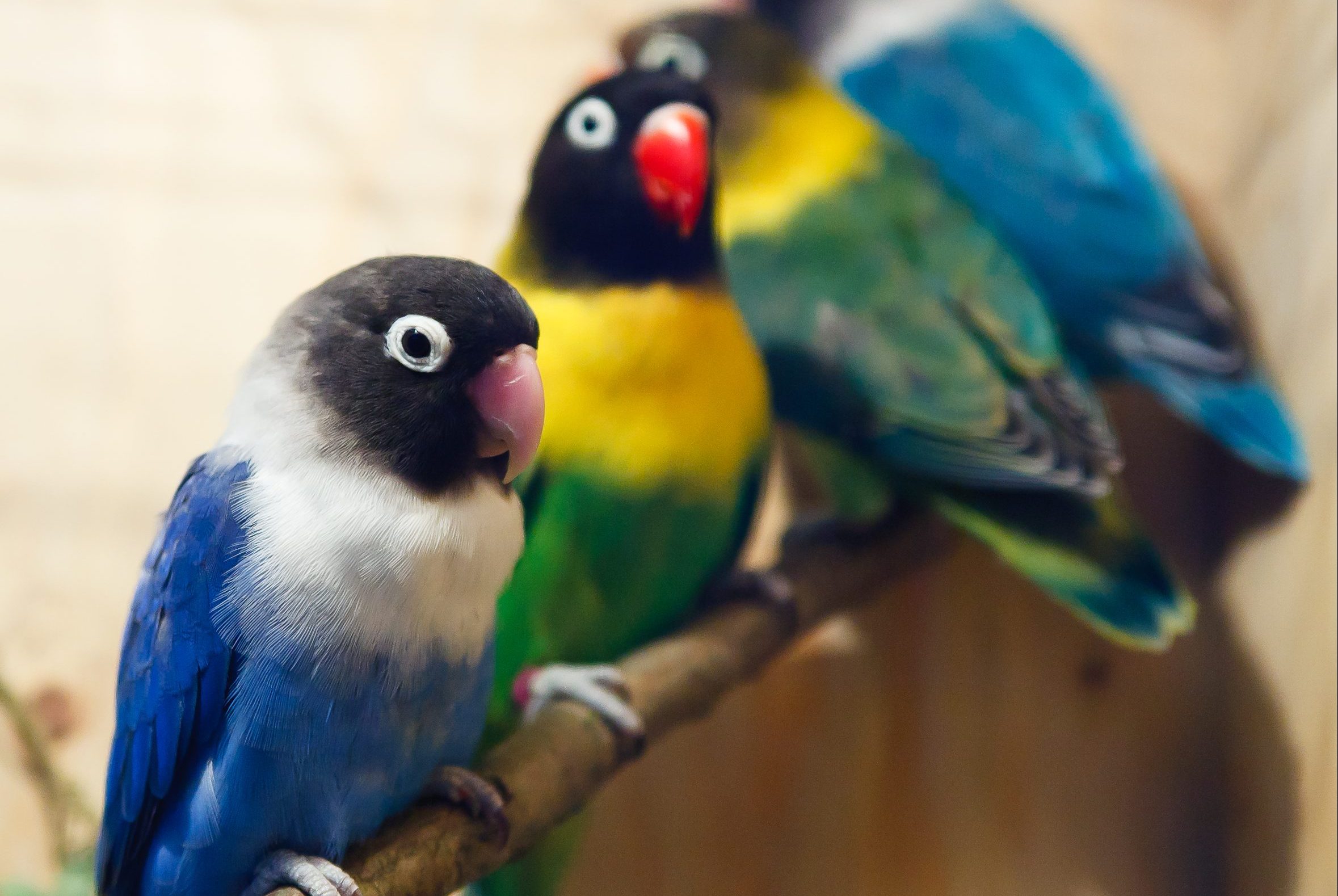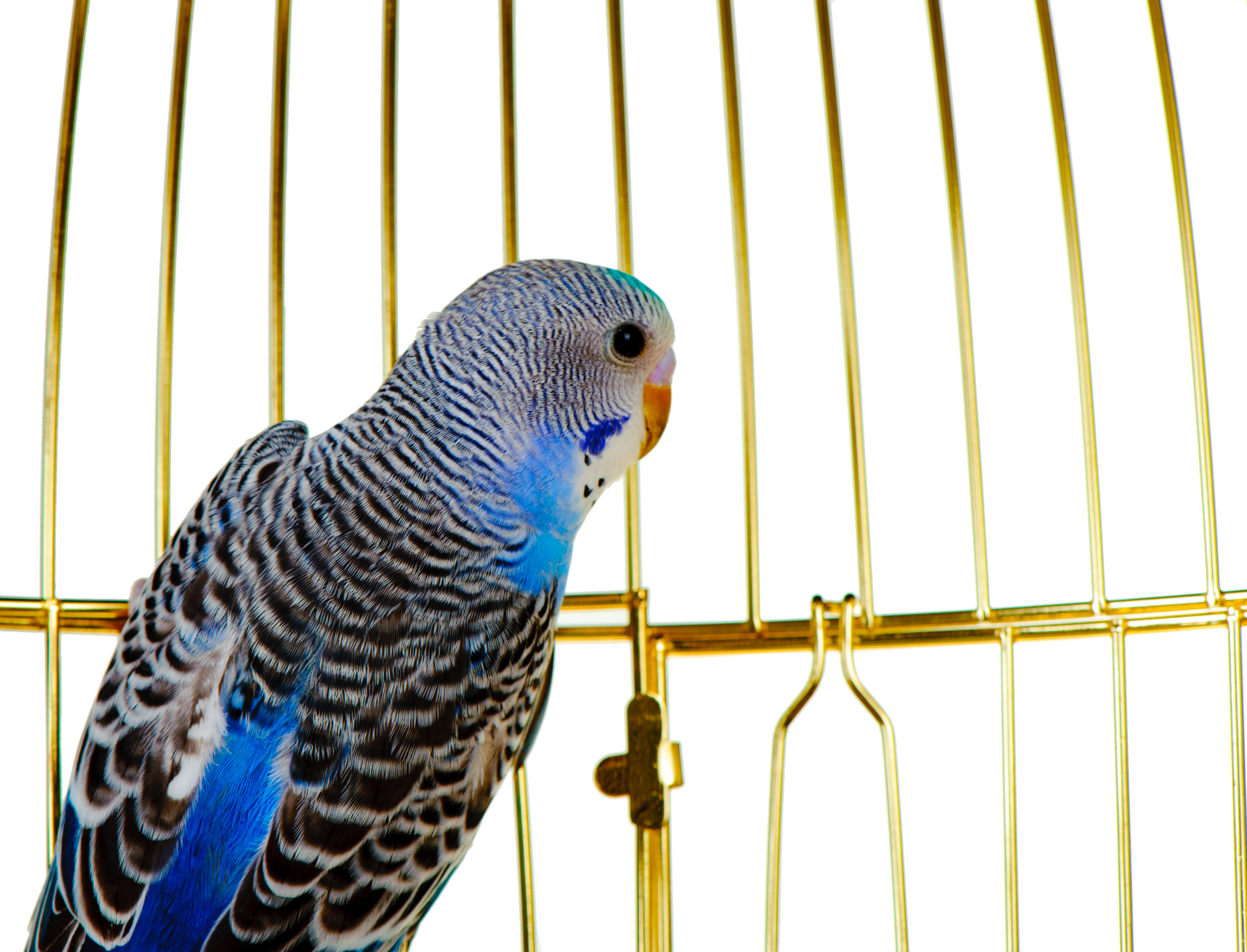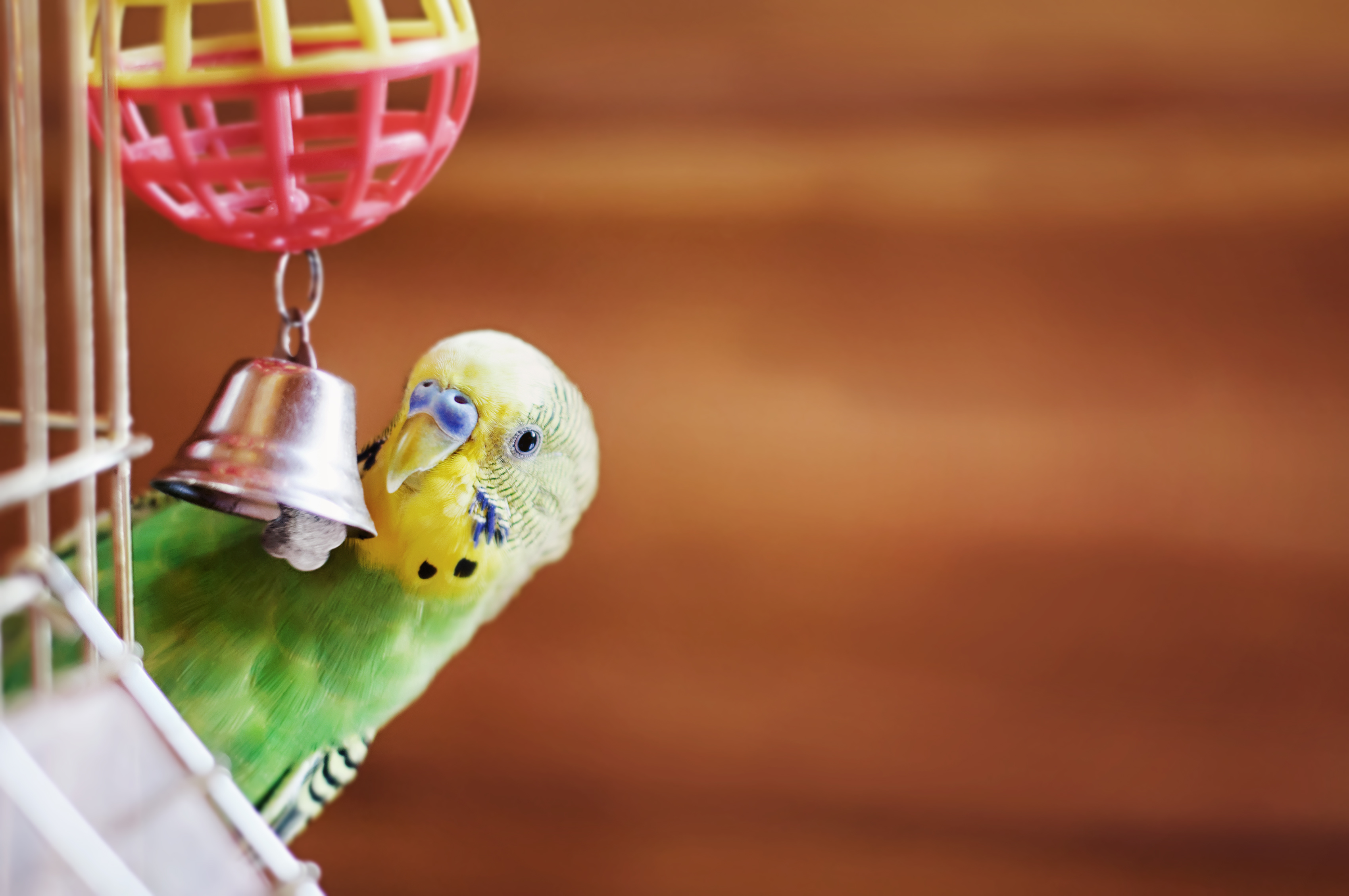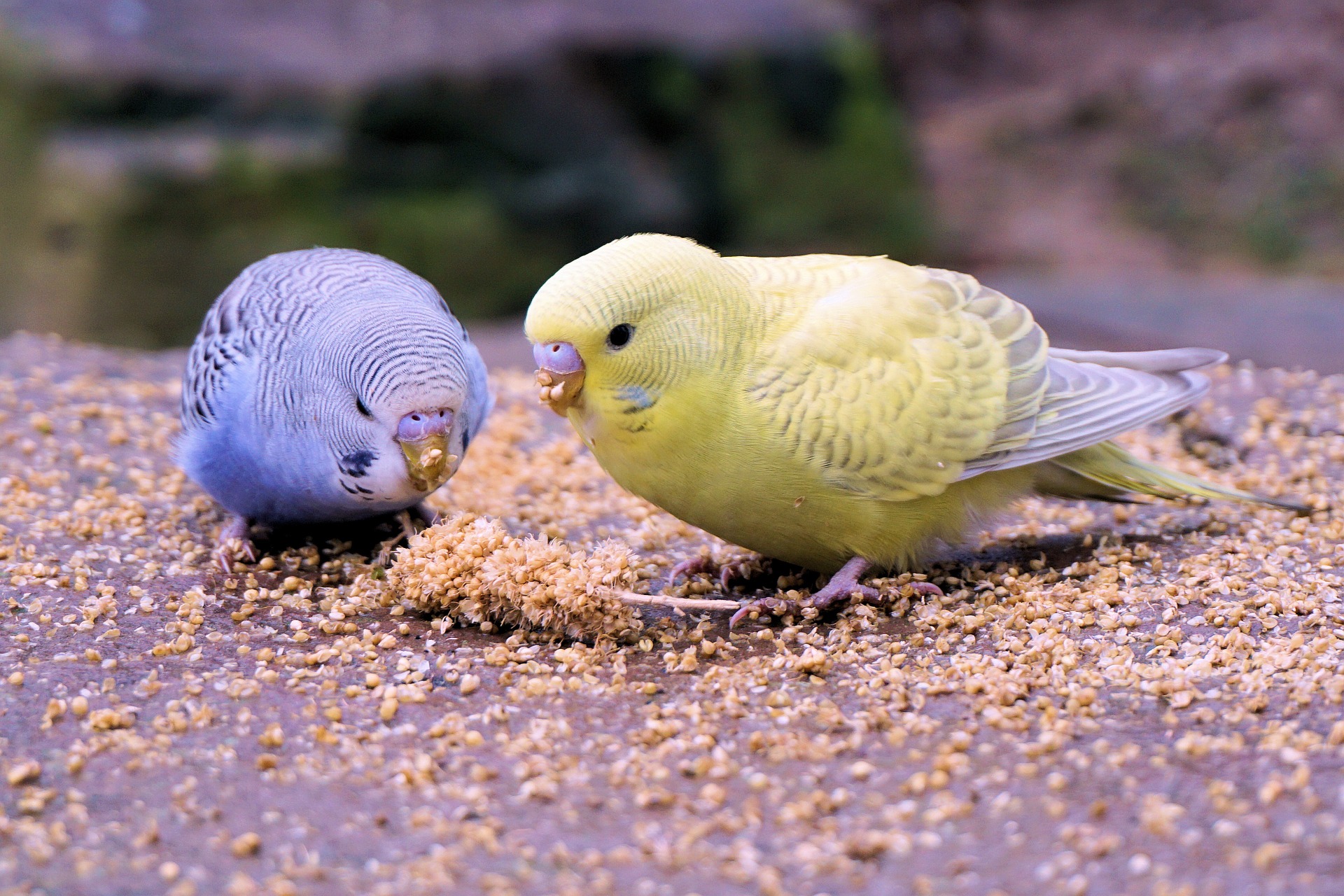Pecking Your Way to Higher Profits
Erik J. Martin //October 1, 2014//
 Retailers seeking to wet their beaks and boost their bottom lines need to stay abreast of the latest bird food trends.
Retailers seeking to wet their beaks and boost their bottom lines need to stay abreast of the latest bird food trends.
While this category hasn’t exactly experienced any cage-rattling changes in the past few years, healthy, natural and organic continue to be strong buzzwords in this space, say the experts.
Better Nutrition
Tim Norsen, national sales manager for Vitakraft Sunseed, said seed blends remain among the dominant sellers. However, the industry has experienced a recent shift toward higher-end edibles that incorporate more than just seed and nuts.
“We’ve observed an increase in demand for all-natural formulations,” said Norsen. “High-end diet blends continue to improve and are leaps and bounds ahead of mixes that were on the market even 10 to 15 years ago. Increasing quality standards, improved recipes, and unique ingredients are all part of this trend, and packaging has improved across the board as retailers and consumers demand more visual impact.”
Wendy Shankin-Cohen, president of Dr. Harvey’s, a manufacturer of all-natural pet foods noted that bird owners are concerned about buying foods without preservatives, dyes and chemical additives, as they better understand how important a diet of fresher, more natural foods is for their pets.
“Feeding a diet that is as close to nature as possible, the way birds eat in the wild, is essential,” said Shankin-Cohen, whose company offers an Avian Blends line of bird diets, including Exotic Parrot Food made with nuts, fruits and vegetables and no seed. “Birds need variety, and they enjoy different textures and tastes.”
To cater to this demand, Vitakraft Sunseed has just launched SunSations, a new line of pet bird foods featuring diverse, healthy blends of pellets, seeds, nuts, fruits and vegetables without added colors or preservatives.
“Breed-specific foods are also becoming more popular as the amount of domestic birds goes up,” said Meg Bashore, manager at Soldan’s Pet Supplies, which has eight stores throughout Michigan, said. “It is not just generic one-type-fits all. They now have foods specific for conures, parrots, parakeets, cockatiels, etc.”
Selling It
Another trend that has increased in momentum in recent years is the push toward pellet feed over seed.
“A lot of birds pick through seeds and only eat certain ones, so they could be missing some very important nutrition,” Bashore said. “What is great about the pellet food is that all nutrients are fortified into one pellet, so the bird is getting everything they need. All in all, the pellets are the most effective way of getting all of the birds’ nutrients into them with minimal waste. Brands like ZuPreem, Lafaber and Kaytee have stepped up with their pellet food.”
At her veterinarian practice in New York, Laurie Hess, D.V.M., sells primarily pellets to the owners of her bird patients; the seed-based foods she stocks, including Nutri-Berries by Lafeber, are nutritionally fortified.
“We don’t recommend seeds as a main diet,” said Dr. Hess, who carries products by Harrison’s Bird Foods and a few other select companies.
Manufacturers have tried different ways to make their brands unique; some have shaped their pellets like fruit, some have naturally enhanced the color of their pellets to attract the keen eyesight of specific species, and others have added spices and even pepper chunks for larger birds.
Dr. Hess added that organic bird foods as well as nutritional supplements have become popular. She cited Omega-3 Booster—a non-synthetic, certified organic, sustainable whole food supplement that provides natural vitamins and antimicrobial action—as a good example of the latter.
Marketing In the New Millennium
Bashore and Norsen both recommend merchandising food products together by brand on the shelf to help them stand out and attract the shopper’s eye.
“Consumers tend to be very brand loyal and are walking in the door because they need food,” said Norsen. “Clever merchandising of treats and accessories can greatly improve impulse purchases.”
To ensure sales success, prevent understocking, overstocking, and carrying outdated products, and be sure to rotate stock regularly.
“Avoid selling products based on price alone,” said Shankin-Cohen. “Although, higher quality ingredients may mean higher prices, a retailer must begin to educate their clientele about the value of buying truly natural foods for their birds even if the  price is somewhat higher.”
price is somewhat higher.”
A smart strategy is to laminate and hang signage with information about a particular bird food product, including testimonials, health information, and tips to help the customer understand the product’s benefits.
“Using some of the food in the store is another great way to promote the food,” said Bashore. “Customers feel confident buying a food if they see that the store is feeding their animals from feeds it stands behind.”
